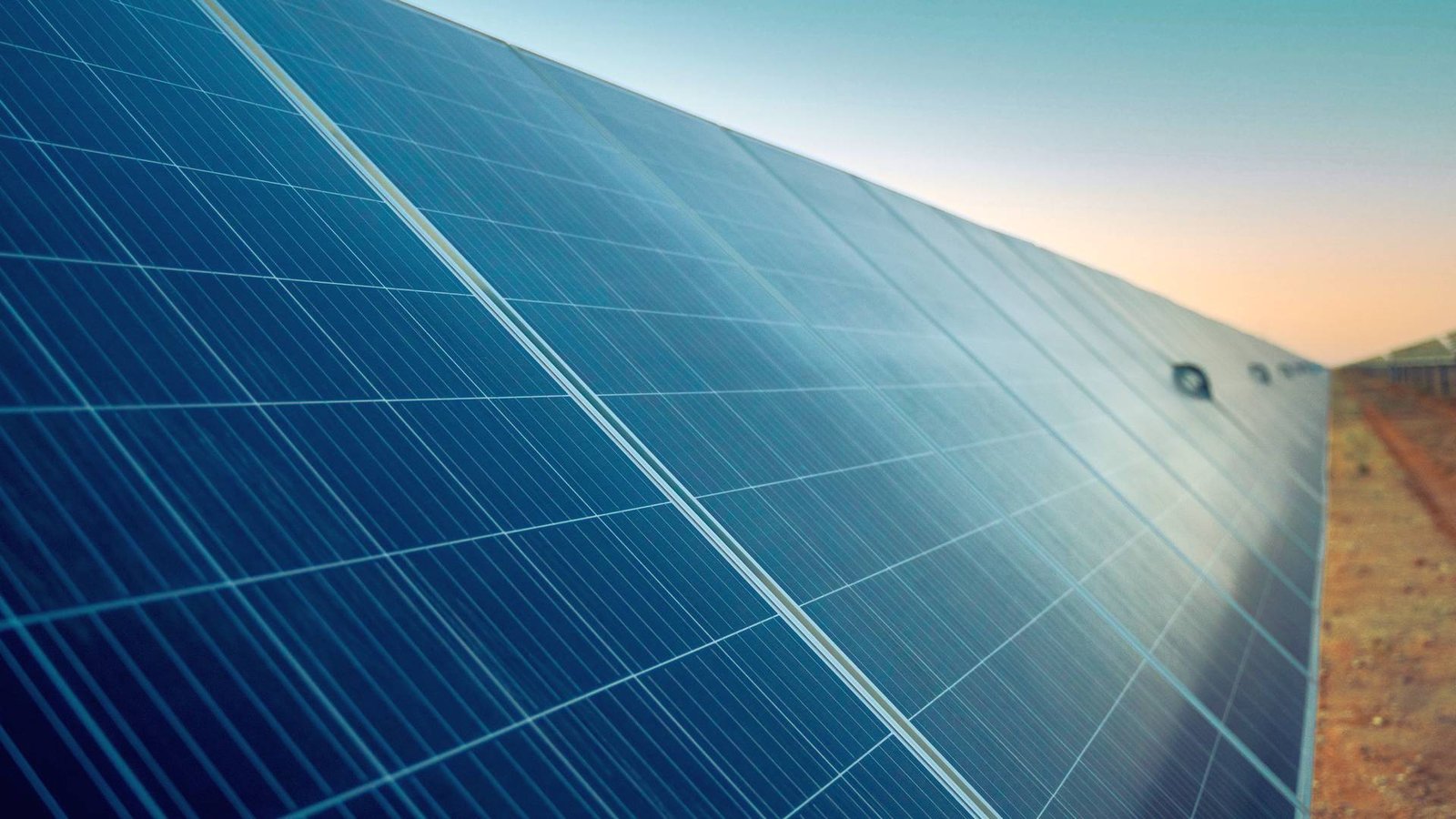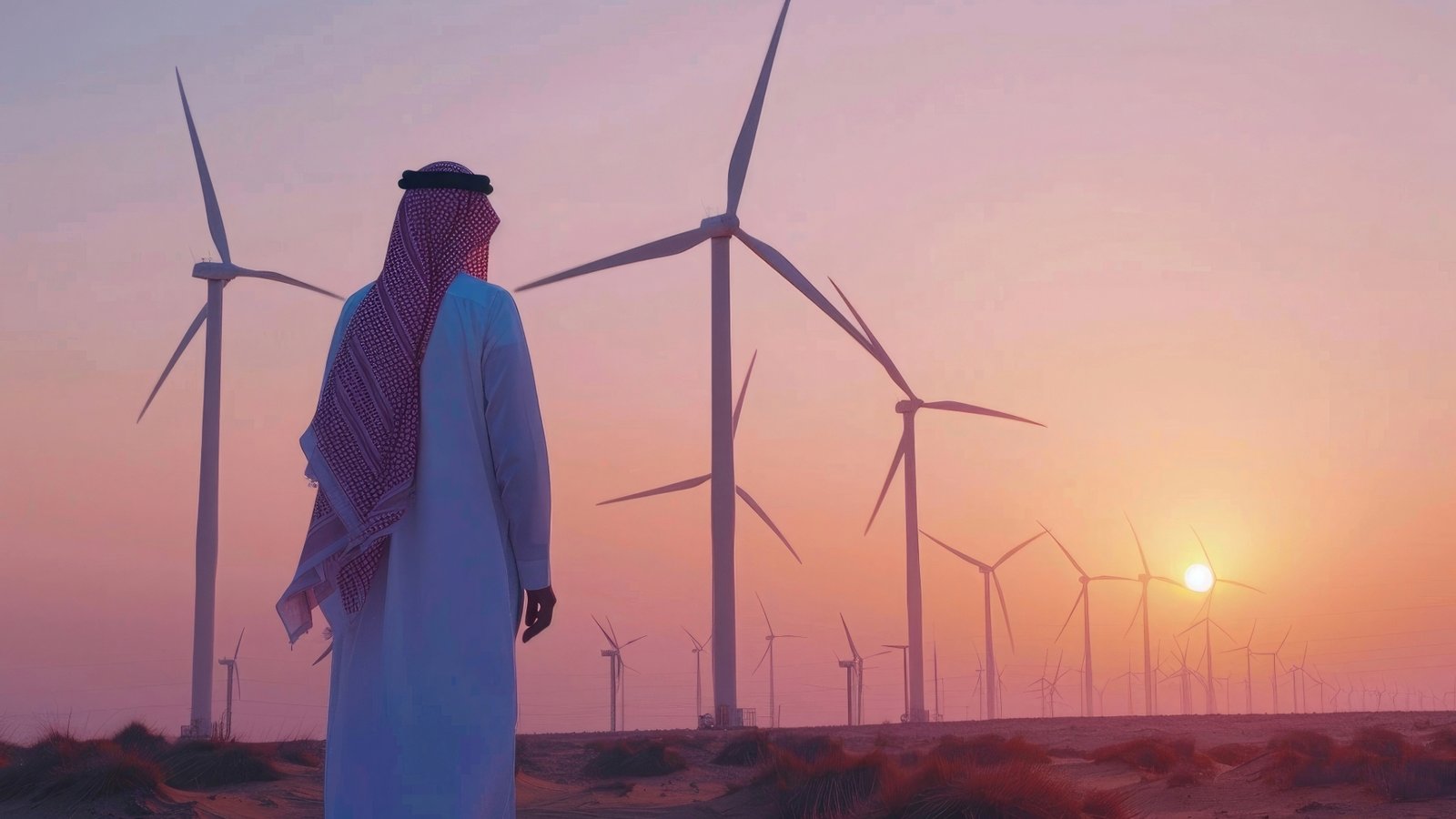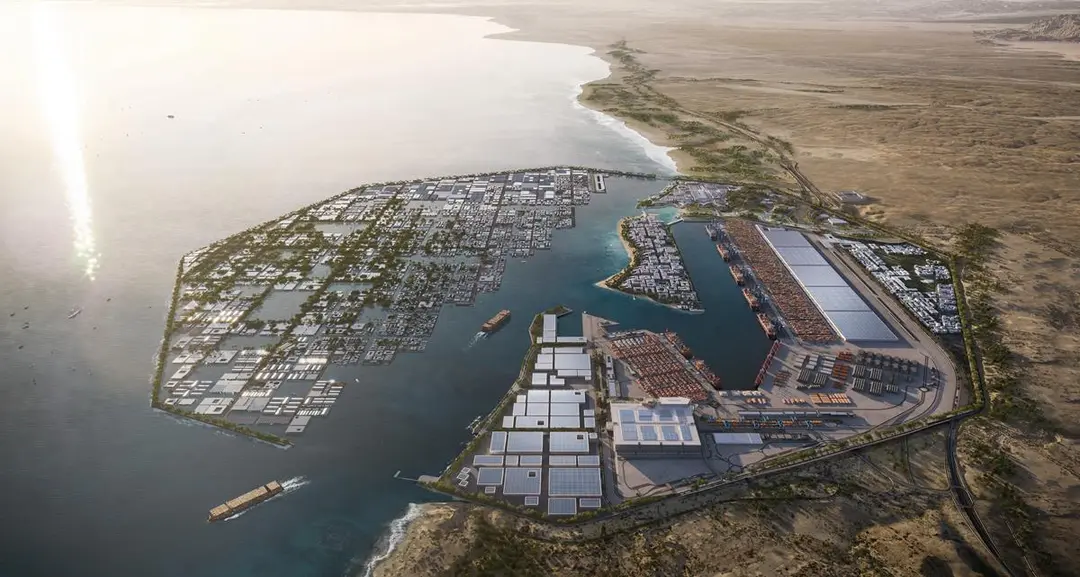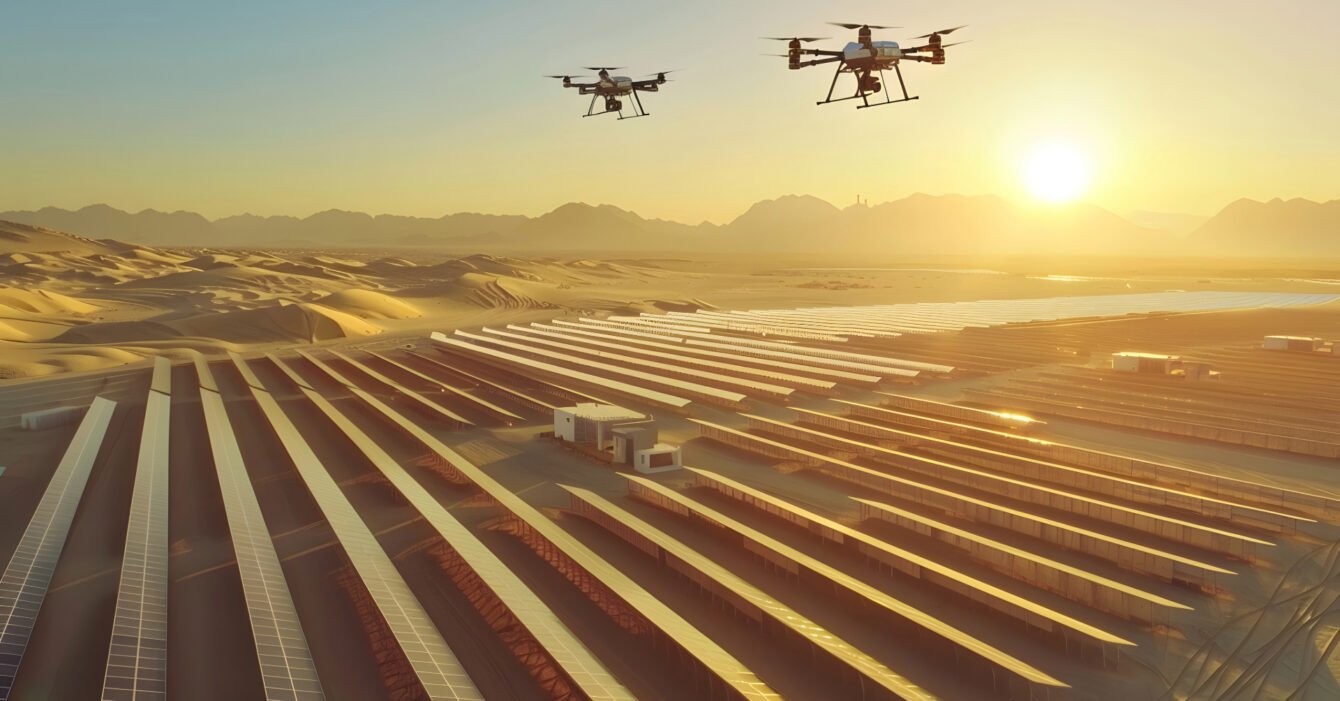Exploring Saudi Arabia’s Renewable Energy Initiatives
Saudi Arabia, long known for its vast oil reserves, is rapidly shifting to renewable energy to diversify its energy mix and reduce its carbon footprint. This strategic shift is part of the Kingdom’s Vision 2030 initiative, which seeks to establish Saudi Arabia as a global leader in sustainable energy. This article delves into the Kingdom’s renewable energy initiatives, focusing on solar and wind energy projects, government policies, and their impact on the future of the energy sector.
Solar Energy Projects: Harnessing the Desert Sun
Saudi Arabia’s geographical location offers immense potential for solar energy, with its vast deserts providing an ideal environment for solar power generation. The Kingdom has launched several ambitious solar energy projects to capitalize on this potential.

One of the most significant projects is the Sudair Solar PV Project. Set to be one of the largest single-contracted solar plants globally and the biggest in Saudi Arabia, it boasts a capacity of 1.5 gigawatts. Spearheaded by ACWA Power, the project aims to supply renewable energy for decades. The Sudair Solar PV Project is expected to power 185,000 homes and reduce emissions by approximately 2.9 million tons annually.
Another key initiative is the Shuaibah Solar PV Project, formerly known as Al-Faisaliah Solar IPP. This project will reach a final capacity of 2,600 MW and will be implemented in stages, starting with a 600 MW solar power plant. The Shuaibah project is expected to supply clean energy to approximately 450,000 households.
Wind Energy Projects: Capturing the Power of the Wind

Wind energy is another crucial component of Saudi Arabia’s renewable energy strategy. The Kingdom’s vast and open landscapes are conducive to wind power generation, particularly in regions with high wind speeds.
The Dumat Al Jandal Wind Farm is the first of its kind in Saudi Arabia. With a capacity of 400 MW, it is the largest wind farm in the Middle East. This project is part of Saudi Arabia’s broader strategy to generate 50% of its energy from renewable sources by 2030. The wind farm is expected to power approximately 70,000 homes and reduce carbon emissions by nearly 1 million tons per year.
Green Hydrogen Initiatives: Pioneering Sustainable Fuel

Saudi Arabia is also making significant strides in green hydrogen production, leveraging its renewable energy capabilities. The NEOM Green Hydrogen Solar PV Project is a joint venture between NEOM, Air Products, and ACWA Power. This project aims to build the world’s largest green hydrogen facility, using renewable energy sources like solar and wind to create 4 gigawatts of power for electrolysis. By 2026, it is expected to produce 600 tonnes of clean hydrogen daily, which will be used to create green ammonia, reducing carbon emissions by 5 million metric tonnes annually.
The Public Investment Fund (PIF) is also partnering with several international companies to develop a series of clean hydrogen plants across the kingdom, with a combined capacity of 26.5 GW. These initiatives will further solidify Saudi Arabia’s position as a global leader in green hydrogen production and export.
Government Policies: Driving the Renewable Energy Agenda
The Saudi government has implemented several policies to support and accelerate the development of renewable energy initiatives. The National Renewable Energy Program (NREP) is a key policy framework under Vision 2030, aimed at increasing the share of renewable energy in the Kingdom’s energy mix.
The government has also introduced incentives for private sector investment in renewable energy projects. These include tax exemptions, favorable land leasing terms, and streamlined regulatory processes. Such measures have attracted significant international investment and expertise, fostering a robust renewable energy sector in the Kingdom.
Impact on the Energy Sector’s Future
Saudi Arabia’s commitment to renewable energy initiatives is poised to have a profound impact on the energy sector’s future. The transition to renewable energy is expected to create numerous economic, environmental, and social benefits.
Economically, the diversification of the energy mix reduces dependence on oil revenues and opens up new avenues for investment and job creation. Environmentally, renewable energy projects significantly reduce greenhouse gas emissions, aiding global efforts to combat climate change. Socially, these initiatives encourage sustainable development and improve the quality of life for Saudi citizens.
The integration of advanced technologies, such as energy storage systems, smart grids, and Artificial Intelligence (AI) for project planning, will further enhance the efficiency and reliability of renewable energy. These innovations will ensure a stable energy supply and support the Kingdom’s broader sustainability goals.




